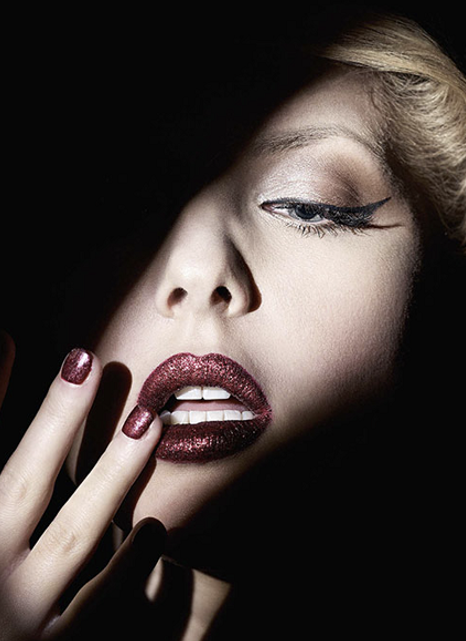The exhibition “Structures of Time” featured works by recently deceased legendary artist Dmitry Plavinsky (1937–2012) and Maria Plavinskaya
Dmitry Plavinsky is one of the key representatives of the Moscow Nonconformist Art of the second half of XX century, he created his own symbolic philosophy and deep analysis system. Dmitry Plavinskiy was gifted with a powerful energy and at the same time he tended to profound analysis in his work. The art of this artist is now being recognized all over the world.
The exposition contains around 30 works by Dmitry Plavinsky: the etchings from the 60–70s, the installation “Cathedral” (1998), the painting “In Bacon’s format” (2006) and one of his latest collages “Pythagoras’s Message to the Music World” (2011).
“Structures of Time” will not only acquaint St. Petersburg audience with the bright second-wave avant-garde Moscow artist, but will also become the first major posthumous exhibition of the author.
Each work of Plavinsky is a multilayer artistic structure. Any texture or shape, whether of a manmade artifact or of an organic element, is interpreted by him as a part of multi-faceted symbol, essential for deep understanding of the universe. The author perceives the universe as Mono-Time, which is a closed-circuit system, a solid multi-texture layering of the memory of the past, dynamic of the present and knowledge of the future.
The image morphology in Plavinsky’s works is fickle and a subject of metamorphosis. There is always an invisible presence of non-being, when the image itself doesn’t exist yet but the foresight of its final destruction and dissolution hangs thick in the air. Cathedral ruins in flames, an abandoned church devoured by sprawling trees, a shabby boat buried in snow, are not the visions of the ends of civilizations, but the artifacts reminiscent of the eternal journey, where the final always coincides with the starting point.
Plavinsky’s art works are always dynamic and change in the process of perception. His multilayered paintings, collages and etchings seem to be made out of complex textures that can be eternally looked at.
Maria Plavinskaya’s works are particularly interesting from the point that she uses photos only as a starting point on the way of creating complex artistic images. After analyzing the pictures by changing contrasts and playing with colors, the author builds them into compositions where each element is perceived as a part of dynamic development of the installation.
Photo installations by Maria Plavinskaya were displayed at her solo exhibition at The Moscow State Museum of Architecture name after A.B. Schusev in 2008 and in different galleries of Moscow and New York in 2009–2014.
The present exhibition features the spiritual relatedness of two authors. Their works are perceived as the parts of the whole, since they both consider art a visualization of existentialistic philosophy.
Elizaveta Shagina,
exhibition curator












